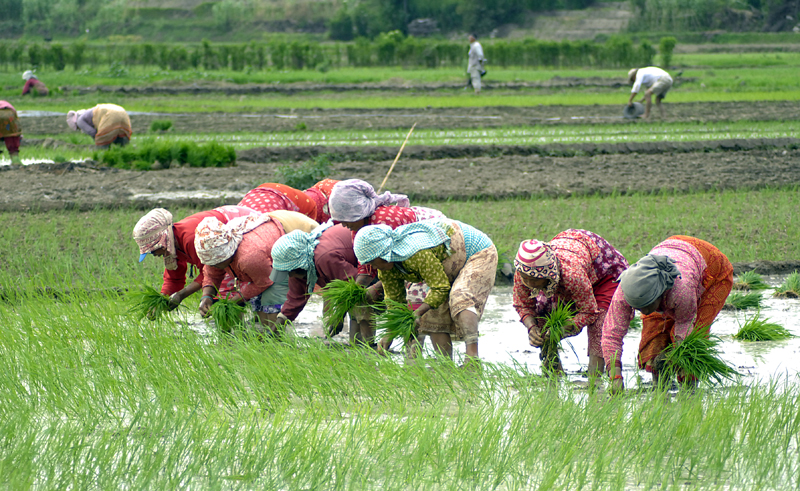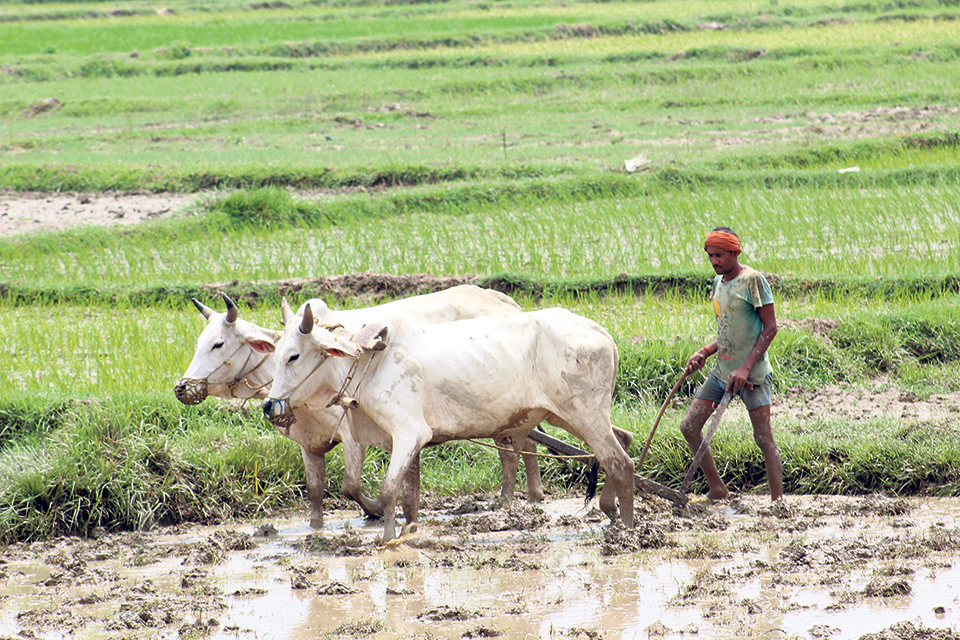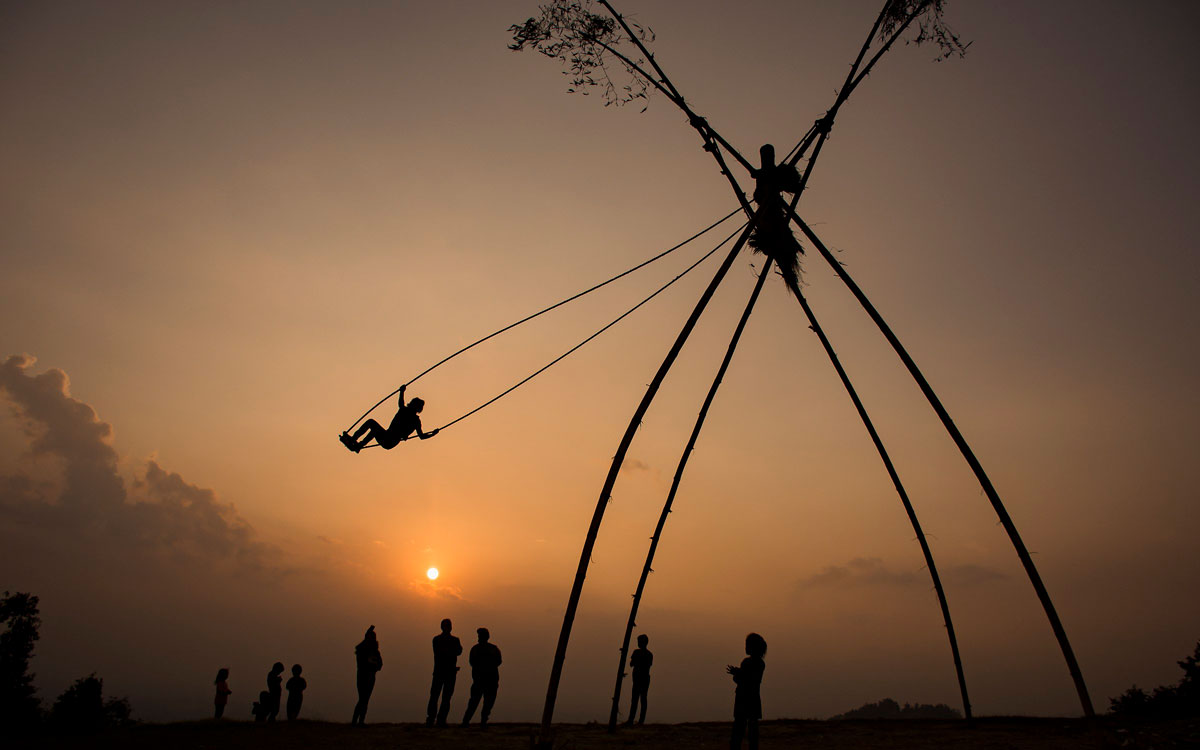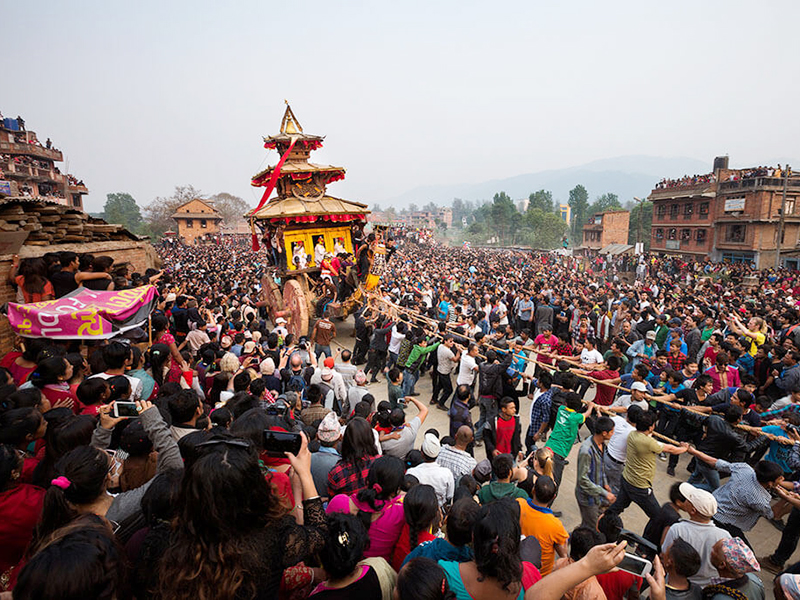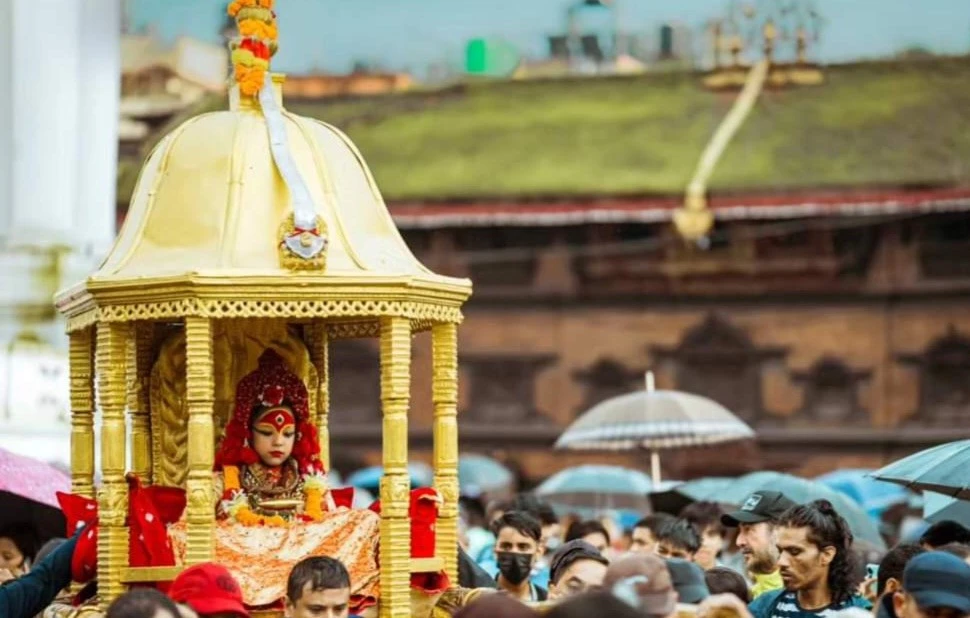Share this Article
Introduction
Nepal is a land rich in culture and traditions, where food and festivals hold deep significance. One such unique tradition is the celebration of Asar 15, a day dedicated to Dahi Chiura a simple yet highly symbolic meal of yogurt and beaten rice, often enjoyed with seasonal fruits like mangoes and bananas observed annually on the 15th day of the Nepali month Asar, this day marks the National Paddy Plantation Day or Ropai Diwas as well and is an essential part of Nepalese agrian life.
Historical and Cultural Significance
Agricultural Importance
Asar 15 is deeply rooted in the Nepalese agricultural cycle. The monsoon season reaches its peak around this time, providing ample rain for paddy plantation farmers across the country celebrate the day by planting rice seedlings in the muddy fields, symbolizing prosperity and good harvests. The occasion is both a necessity and a festival bringing people together in a communal effort.
Symbolism of Dahi Chiura
Dahi Chiura is not just a meal but a representation of nourishment and prosperity. Yogurt (dahi) is associated with purity, cooling effects and digestive benefits, while beaten rice (chiura) is an easily stored, energy-rich food. The combination is believed to provide strength and vitality, making it an ideal meal for hard working farmers.
Additionally, yogurt holds religious significance in Hindu traditions, often used in pujas (rituals) and as a prasad (sacred offering). Its cooling properties balance the heat of the monsoon season, making it a practical dietary choice during this time.
Traditional Celebrations
On Asar 15, farmers, city dwellers and government officials alike partake in rice planting festivals several cultural and social activities make the day special:
Paddy Plantation Festival (Ropain Diwas)
- Farmers both young and old gather in paddy fields, planting rice seedlings in a joyous atmosphere.
- People sing traditional folk songs called Asare Geet, which express themes of love, hardship and humor related to farming life.
- A fun tradition is the mud festival, where participants throw mud at each other, symbolizing fertility and joy.
- In some places, friendly competitions such as plowing races and rice planting contests are organized.
Feasting on Dahi Chiura
After a long day of planting rice families and communities come together to enjoy a hearty meal of Dahi Chiura, often accompanied by:
- Fresh seasonal mangoes or bananas for extra flavor.
- Ghee (clarified butter) for added richness.
- Sugar, honey, or jaggery to enhance taste.
- Roasted soybeans, boiled eggs, or pickles to balance the meal.
Health Benefits of Dahi Chiura
Beyond cultural importance, Dahi Chiura is a nutritionally balanced meal:
Yogurt (Dahi): A rich source of probiotics, calcium and protein, aiding digestion and improving gut health.
Beaten Rice (Chiura): A carbohydrate-rich food that provides sustained energy, perfect for labor-intensive activities.
Seasonal Fruits: Mangoes and bananas contribute vitamins, fiber and natural sweetness, making the meal wholesome.
Ghee: Enhances flavor and provides healthy fats essential for overall well-being.
Regional Variations and Modern Adaptations
Different regions of Nepal have their unique ways of celebrating Asar 15:
In Kathmandu Valley, Dahi Chiura is often served with local delicacies like choila (spiced grilled meat) or pickled radish.
In Terai, people incorporate different types of yogurt-based dishes, sometimes using buffalo milk for a richer taste.
Gurungs, Magars, and Newars add homemade rice beer (chyang) to the celebrations.
With modernization, urban areas have adopted social media trends and organized events to keep the tradition alive. Restaurants and cafes offer special Asar 15 menus and youth engage in plantation activities as part of environmental awareness campaigns.
Challenges to the Tradition
While Asar 15 remains a significant day in Nepal, several challenges threaten its essence:
- Urbanization and Industrialization: Many young people are moving away from agriculture, reducing participation in traditional rice plantation festivals.
- Climate Change: Unpredictable monsoon patterns affect paddy plantation schedules, making it difficult to follow traditional timelines.
- Dietary Changes: With Western influences, younger generations are consuming fast foods over traditional meals, reducing the appeal of Dahi Chiura.
Efforts to Preserve the Tradition
To ensure the continuity of Asar 15 and Dahi Chiura traditions, various initiatives are being implemented:
- Government Recognition: The Nepalese government officially celebrates National Paddy Plantation Day to promote agricultural awareness.
- Community Programs: Schools and universities encourage students to participate in paddy planting activities.
- Media and Awareness Campaigns: Television programs, social media campaigns and local festivals promote the significance of Asar 15.
- Organic Farming Movements: Farmers are encouraged to adopt sustainable rice farming methods, ensuring long-term benefits for future generations.
Conclusion
Asar 15 is more than just a day of eating Dahi Chiura. It is a celebration of Nepal’s agrarian roots, communal harmony and cultural resilience. The tradition fosters respect for farmers, strengthens community bonds, and highlights the importance of sustainable agriculture while modernization presents challenges, collective efforts can ensure this beautiful tradition thrives for generations to come.
Categories:
Culture & Traditions
Tags:
Asarkoropain
,
Dahichiuracelebration
,
Nepaliculture
,
Asar15
,
Ropaindiwas

